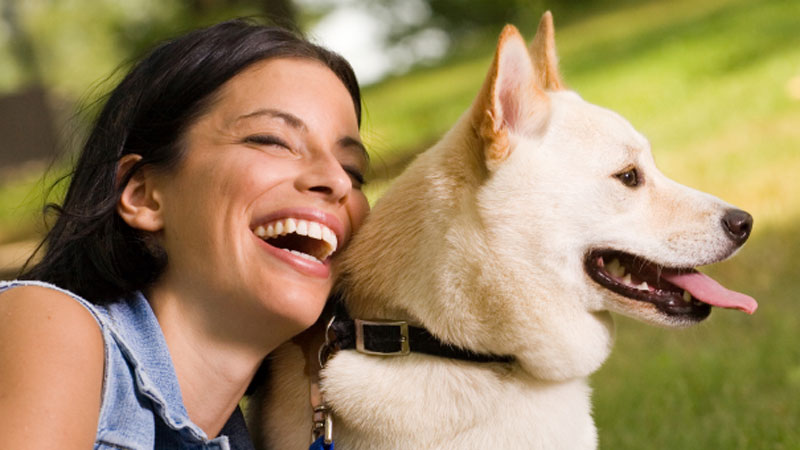Foot Injuries
Foot injuries and problems are relatively common as dogs race around. Symptoms include lameness, licking or chewing affected paws, hair loss, saliva staining, inflammation, swelling and bleeding. A thorough clinical examination will usually diagnose the problem.
Torn or cracked nails are very common. This usually happens if the nails are overlong and catch when the dog is running around. Broken nails can be removed conscious if they are nearly hanging off but may need to be removed under sedation if well attached. Nails can be broken off part way up or at the nail bed. Even if the nail has to be completely removed then usually a new nail will grow through without a problem. If the nail bed is exposed, then antibiotics might be prescribed to prevent infection. The nail bed will be sensitive, so painkillers are given. These injuries normally heal without incidence.
Overgrown nails need to be cut back. As well as making it more likely that they will get broken, they can also grow round into the pad or push back into the nail bed causing pain in the toe joints. Rarely tumours can develop from the nail beds- these look like areas of red swollen tissue beneath the nail. If the vet suspects a tumour they will advise a toe amputation, most dogs cope very well with this procedure.
Skin allergies very commonly manifest as itchy feet. Usually, all 4 feet will be affected, and the dog will constantly chew or lick the skin between the toes and around the pads. It may be accompanied by itchy skin elsewhere or it can just be the feet that are affected. Feet are inflamed and secondary bacterial or yeast infections are common. This is mostly seen in the summer months but can be seen all year round. Infections are treated with antibiotics, and the inflammation with drugs to suppress the dog’s immune system to stop it reacting to the allergens.
Interdigital cysts are areas of swelling between the toes. They usually occur due to blocked hair follicles. Once a dog has had one it is very common for the problem to be recurrent. Infection is treated with antibiotics and the cysts are drained. In severe cases cysts can be surgically removed but due to the location there is risk of wound breakdown following surgery, so this is only performed in severe cases.
Skid injuries in pads occur when dogs scrape their pads along a rough surface. They don’t usually require any treatment and will heal in 1-2 weeks. Deeper cuts in pads require sutures- the horny surface of the pad takes a long time to heal so dogs need to be kept off hard ground during this time. Pads are very tough but beware of weather extremes that can damage them.
In summer, grass seeds frequently get stuck in the fur between a dog’s toes. They can penetrate the skin and travel into the foot. This causes an interdigital swelling that looks similar to a cyst. If a foreign body is suspected, the swelling will usually be examined under sedation and hopefully a seed or thorn located. In rare cases, the grass seeds can travel into the body and penetrate internal organs. Always check your dog’s feet for seeds after a walk.
Fractured toes vary in severity- many will heal with rest and support dressings but sometimes surgery will be required in multiple or complicated fractures.


